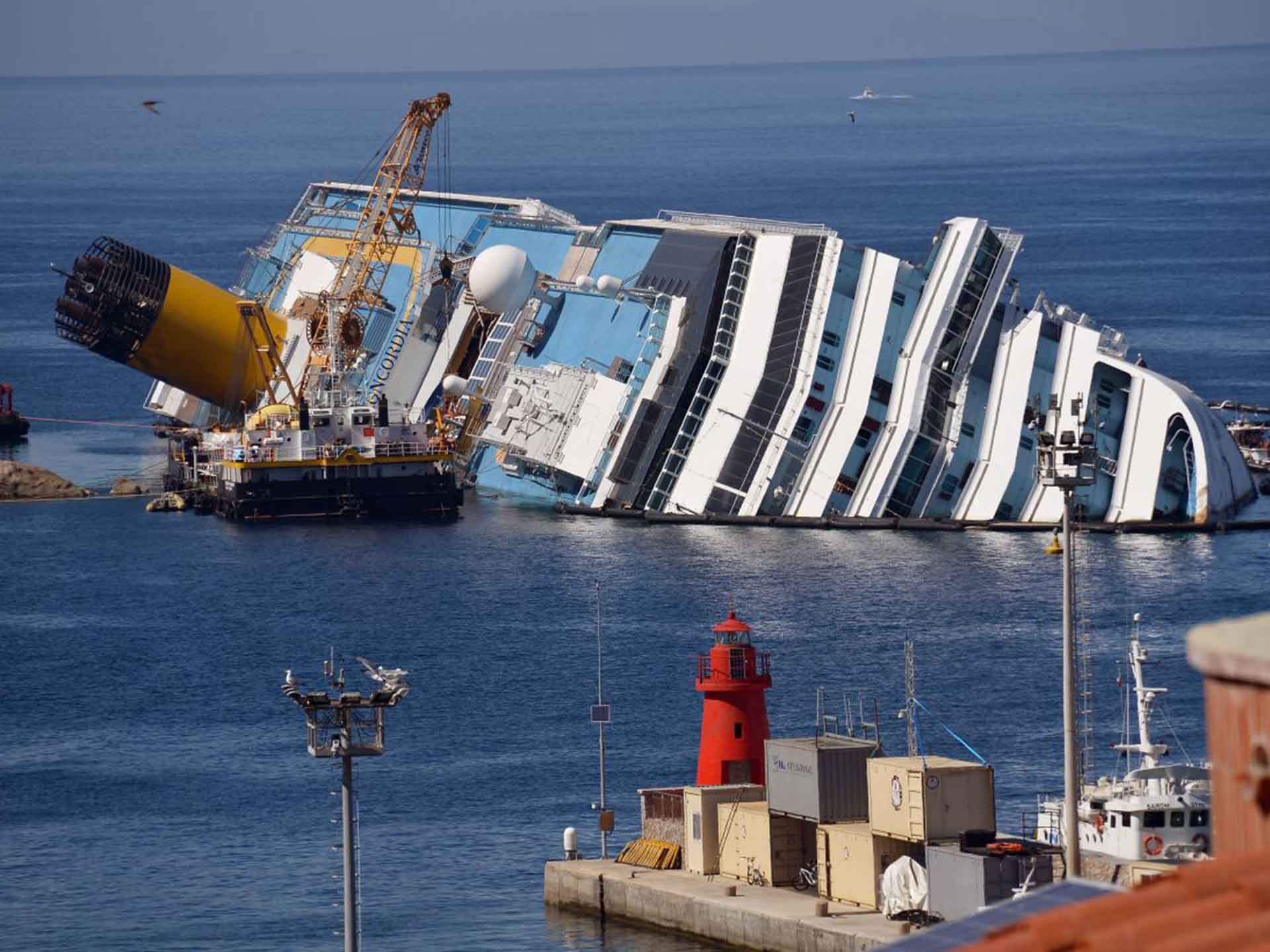Three easy-to-identify factors – threat, time, surprise – can help the organisation to quickly kick-off its crisis communication plan.

The Costa Concordia disaster is an exemple of crisis communication
Just browse the web and you will get tens of detailed, academic, beautiful definitions of what a crisis is. Let’s take the one drafted by the Institute for Crisis Management (ICM): “A crisis is a significant business disruption that stimulates extensive news media coverage. The resulting public scrutiny will affect the organization’s normal operations and could Also have a political, legal, financial, and governmental impact on its business”. You can find everything you need in it: the public, the stakeholders, the reputation, the business continuity, the media and the media relations. The question is: can such a definition enable an organisation to promptly recognise and react to a crisis? If that’s the goal, a probably better definition is the one drafted by Charles F. Hermann in 1963, referring to international relations: “A situation is a crisis if, and only if, it threatens one or more important goals of a state; allows only a short time for decision before the situation is significantly transformed; and occurs as a surprise”. Three easy-to-identify factors – threat, time, surprise – which will help quickly kick-off your crisis communication plan.
To better know our skills in crisis communication, contact us at: info@stampafinanziaria.it





